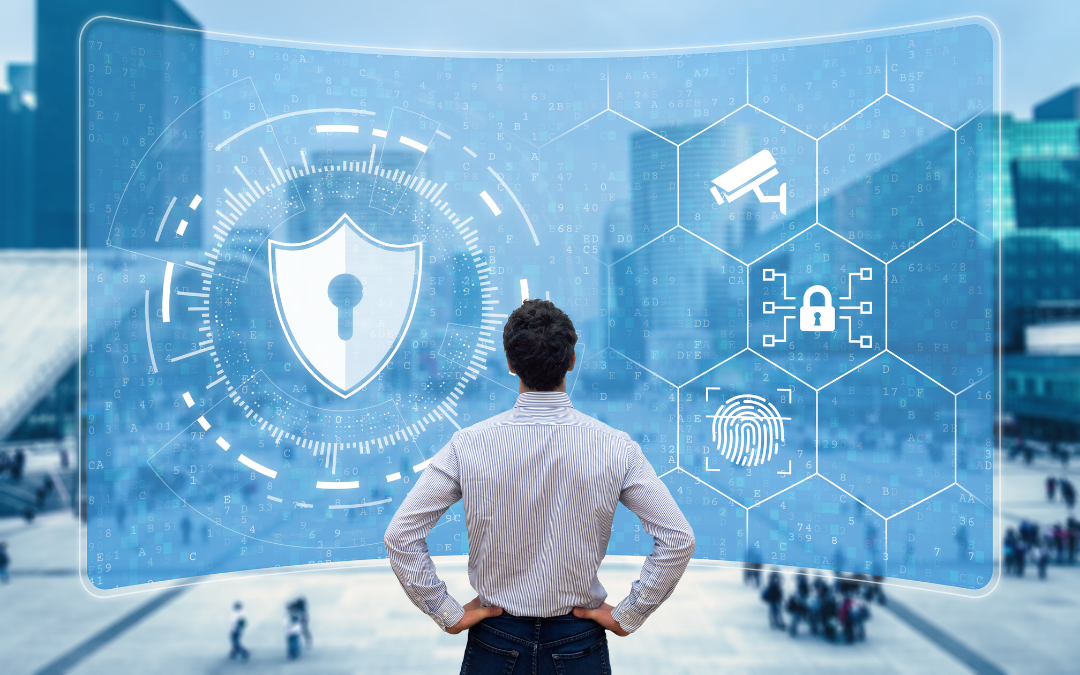
A comprehensive cybersecurity strategy enables organizations to identify, assess, and mitigate potential risks, protecting valuable assets and maintaining the trust of customers and stakeholders. It is a must to have one implemented.
In this article, we will explore the key steps involved in developing an effective cybersecurity strategy:
Understand Your Business and Its Assets
Begin by gaining a deep understanding of your business operations, critical assets, and the potential impact of a cyber attack. Identify the types of data you handle, including sensitive customer information, intellectual property, financial records, and proprietary systems. This understanding will help you prioritize and allocate resources effectively.
Assess Potential Risks and Threats
Conduct a thorough risk assessment to identify potential cybersecurity risks and threats to your business. This process involves evaluating vulnerabilities in your systems, networks, and applications, as well as analyzing external factors such as industry-specific threats, regulatory compliance requirements, and emerging cyber threats. Consider engaging a cybersecurity professional or consulting firm to perform a comprehensive assessment.
Define Clear Goals and Objectives
Establish clear cybersecurity goals and objectives that align with your business strategy. These goals should be specific, measurable, achievable, relevant, and time-bound (SMART). For example, your goals could include reducing the number of successful phishing attacks by a certain percentage, improving incident response time, or enhancing employee awareness through training programs.
Develop Policies and Procedures
Create a set of policies and procedures that outline your organization’s cybersecurity practices. These policies should cover areas such as data protection, acceptable use of technology resources, incident response, password management, remote work, and third-party vendor management. Ensure that these policies are communicated effectively to all employees and regularly reviewed and updated to reflect changing threats and technologies.
Implement Access Controls and Privilege Management
Control access to critical systems, networks, and data by implementing strong access controls and privilege management. Apply the principle of least privilege (PoLP), ensuring that employees have access only to the resources necessary to perform their roles. Implement multi-factor authentication (MFA) for secure access to sensitive systems and consider adopting identity and access management (IAM) solutions to streamline access control processes.
Implement Security Technologies and Tools
Invest in robust security technologies and tools that align with your risk assessment findings and strategic goals. This can include firewalls, intrusion detection and prevention systems (IDS/IPS), antivirus software, encryption solutions, and security information and event management (SIEM) systems. Regularly update and patch these technologies to address emerging threats and vulnerabilities.
Foster a Culture of Security Awareness
Educate and train employees about cybersecurity best practices and the role they play in maintaining a secure environment. Conduct regular awareness campaigns, interactive training sessions, and simulated phishing exercises to reinforce good cybersecurity habits and help employees recognize and respond to potential threats. Encourage a culture of reporting and provide channels for employees to raise security concerns confidentially.
Establish an Incident Response Plan
Develop a comprehensive incident response plan that outlines the steps to be taken in the event of a cybersecurity incident. This plan should include roles and responsibilities, communication protocols, containment and mitigation strategies, evidence preservation, and post-incident analysis. Regularly test and update the plan to ensure its effectiveness and alignment with evolving threats.
Regularly Monitor, Assess, and Improve
Implement a robust monitoring and assessment system to detect and respond to potential security incidents in real-time. Continuously monitor your systems and networks for unusual activities, leverage threat intelligence sources, and conduct periodic vulnerability assessments and penetration tests. Regularly review and update your cybersecurity strategy based on lessons learned and emerging threats.
Establish Partnerships and Stay Informed
Build relationships with cybersecurity experts, industry associations, and government agencies to stay informed about the latest trends, threats, and regulatory changes. Attend industry conferences, webinars, and training sessions to enhance your knowledge and network with other professionals. Engage in information sharing initiatives to collaborate with peers and strengthen collective defenses against cyber threats.
Developing a cybersecurity strategy is a critical component of modern business operations. Remember that cybersecurity is an ongoing effort that requires regular updates, employee training, and staying informed about emerging threats.
Want to learn more about cybersecurity for your business? Email us at info@leadsresources.com